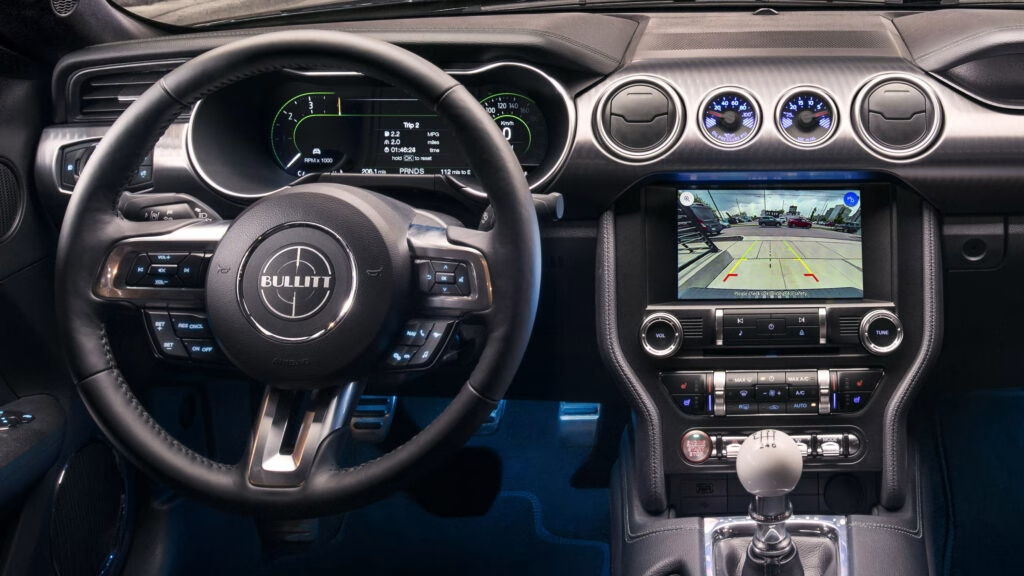Why Are So Many Ford Vehicles Being Recalled for Rearview Camera Problems?
If you own a Ford built between 2015 and 2019, you might want to pay close attention. Ford has just announced a recall affecting over 1.4 million vehicles due to a rearview camera glitch that could leave drivers with a distorted, inverted, or even blank image when backing up. That’s not just annoying—it’s a real safety risk. According to the National Highway Traffic Safety Administration (NHTSA), this issue increases the chance of a collision, especially in crowded parking lots or tight driveways where visibility is everything.
What’s behind this massive recall? It turns out a supplier made an unauthorized change to the printed circuit board (PCB) header tooling inside the camera. This seemingly minor tweak led to lower terminal contact forces, which over time caused “fretting corrosion.” The result? Poor electrical connections that can make your camera feed go haywire. Only about 2.7% of the affected vehicles are expected to have the defect, but with over 1.4 million cars and trucks involved, that’s still tens of thousands of potential failures on the road.
Which Ford Models Are Impacted by the Camera Recall?
The recall isn’t limited to just one or two models—it’s a sweeping campaign covering a wide range of Ford vehicles. Here’s a quick breakdown of the main models affected:
– 2015-2018 Ford Edge (over 515,000 units)
– 2015-2017 Ford Expedition (138,000+ units)
– 2017-2019 Ford Econoline
– 2015-2019 Ford F-250, F-350, F-450, and F-550 trucks
– 2015-2019 Ford Mustang (365,000+ units)
– 2019 Ford Ranger
– 2016-2019 Ford Transit
– 2015-2018 Ford Transit Connect
– 2015-2019 Lincoln MKC
– 2015-2017 Lincoln Navigator
The Ford Edge makes up the largest chunk of the recall, but if you drive a Mustang, Expedition, or one of the F-Series trucks, you’re far from alone. Even a handful of Lincolns are caught up in this.
How Did Ford Discover the Problem—and Why Did It Take So Long?
Here’s where things get a bit eyebrow-raising. Ford’s first warranty claim tied to this camera issue dates all the way back to May 2014. Since then, the company has logged over 44,000 warranty claims worldwide and received nearly 200 formal complaints from vehicle owners. There have been at least 18 reported accidents linked to the faulty cameras, though—thankfully—no injuries so far.
So why did it take until now for Ford to issue such a sweeping recall? The answer lies in the complexity of tracking down the root cause. Ford launched a formal investigation earlier this year after a steady stream of complaints. It took some serious detective work to trace the problem back to that unauthorized supplier change. In the world of automotive manufacturing, even a tiny tweak to a component can have ripple effects years down the line.
What Should Ford Owners Do If Their Vehicle Is Affected?
If your Ford is on the recall list, don’t panic—but don’t ignore it, either. Ford dealers will inspect your rearview camera and replace it if necessary. The new cameras will feature an updated PCB header designed to prevent the corrosion issue from happening again.
Here’s the catch: Ford says the replacement parts “will be produced” with the fix, which means they’re not all available just yet. The NHTSA has announced that interim notification letters will go out to owners by the end of the month, with follow-up letters to come once the remedy is ready. In the meantime, it’s a good idea to double-check your mirrors and be extra cautious when reversing, especially if your camera feed looks off.
How Does This Recall Compare to Other Recent Automotive Safety Issues?
Ford’s recall is part of a broader trend in the auto industry: as vehicles become more reliant on electronics and advanced driver-assist features, the risk of software and hardware glitches goes up. According to the NHTSA, rearview cameras have been required on all new cars sold in the US since May 2018, and they’ve been credited with reducing backover accidents by up to 17%. But when these systems fail, the consequences can be serious.
Ford’s recall is its 110th campaign in recent years, highlighting just how challenging it is for automakers to maintain quality control across complex supply chains. Other major brands have faced similar issues, from airbag inflators to faulty ignition switches. The lesson? Even the smallest component can have a big impact on safety.
What’s the Real-World Impact for Drivers and the Industry?
For drivers, the inconvenience is real—especially if you rely on your backup camera every day. But the bigger story is about trust. Recalls like this one can shake consumer confidence, but they’re also a sign that the system is working. Automakers and regulators are paying attention, and when problems are found, they’re taking action.
From an industry perspective, this recall underscores the need for tighter oversight of suppliers and more rigorous testing of electronic components. It’s a reminder that innovation and reliability have to go hand in hand.
The big takeaway? Automotive safety isn’t about perfection—it’s about smarter adjustments. Start with one change this week, like double-checking your mirrors or staying alert for recall notices, and you’ll likely spot the difference by month’s end.

